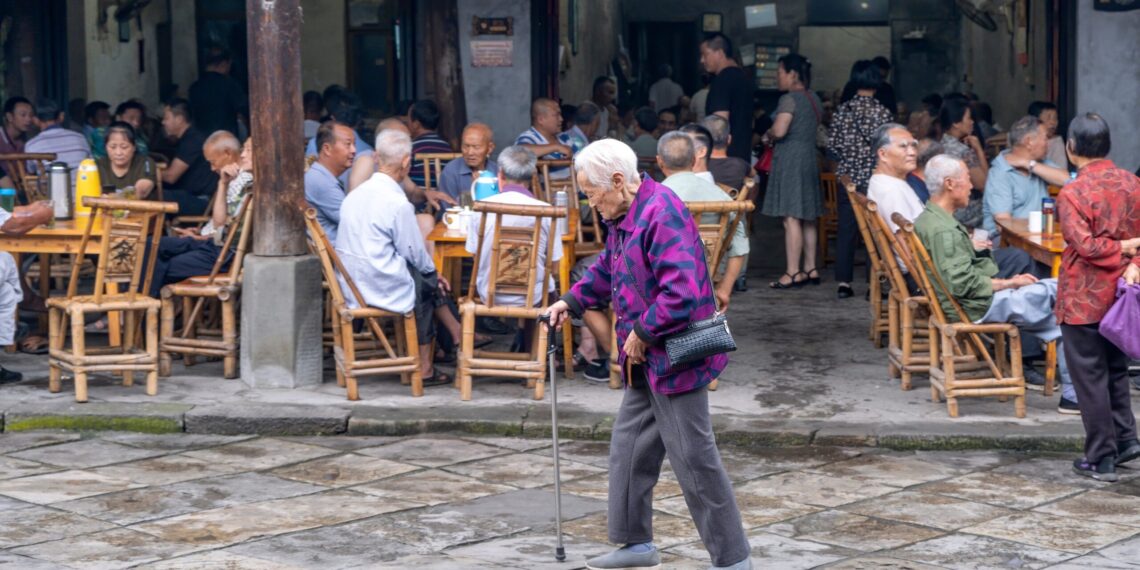No products in the basket.
Analyzing the economic impact of China’s aging population through a global model predicts a reduction in growth and per capita income. While raising retirement ages could help, the effect is likely to be marginal.
Key Takeaways
- China’s population aging is projected to reduce its annual GDP growth rate by 1.1-1.4 percentage points over the next five decades due to a shrinking workforce relative to the population.
- Raising the retirement age is expected to mitigate the negative economic impact of population aging, leading to increased labor supply and GDP growth in the short term, and improved sustainability of the pension system in the long run.
- Population aging in China will significantly increase pension expenditure as a percentage of GDP and lead to higher current account balances, resulting in capital outflows that could affect global interest rates.
The paper investigates the macroeconomic impacts of China’s demographic changes using a general equilibrium model. The study projects a significant decline in China’s economic growth over the next five decades due to population aging, estimating a 1.1-1.4 percentage point decrease in the average annual growth rate. Per capita income growth is also expected to slow, and the fiscal position to deteriorate due to increased pension burden. Additionally, the study simulates the effects of raising the retirement age, showing that it can mitigate the negative effects to a limited extent, leading to a modest increase in labor supply and economic growth in the short term.
Projected decline in workforce and income growth
With a faster decline in the workforce compared to the overall population, per capita income growth in China is anticipated to slow down significantly. This demographic shift could have profound implications for the country’s economic dynamics, affecting everything from labor markets to social welfare systems, as the aging population increases.
Over the past four decades, China’s reforms and opening-up, coupled with favorable demographic trends, have driven rapid economic growth and established it as a significant global economic force. However, China’s demographic dynamics have shifted negatively. The working-age population (ages 15–64) peaked in 2013, and in 2023, China’s total population decreased by 850,000 to 1.41 billion, the first decline since 1961. In 2023, the population dropped for the second year in a row, by 2.08 million or 0.15 percent. Declining birth rates and increasing life expectancy have resulted in a swiftly aging population. By the end of 2022, the elderly population aged 65 and over reached 209.78 million, representing 14.9 percent of the total population, categorizing China as an “aged society” according to UN criteria.
The significant demographic shift is expected to continue in the coming decades, with important economic and social consequences. An aging population will lead to a decrease in the labor supply and may initially reduce labor productivity. Additionally, investment is likely to be hindered by a rising capital-labor ratio and a lower return to capital compared to the return to labor. As the proportion of elderly citizens increases, pension and healthcare expenditures will also rise, posing long-term financial challenges to the social security system. This calls for structural reform in the labor market and public finance.
Limited impact of raising retirement ages
While raising the retirement age is proposed as a solution to mitigate the economic impact of an aging population, the study finds its effect to be limited. Although it may offer some relief, such measures alone will not be sufficient to counteract the substantial economic slowdown projected over the coming decades.
Source: ASEAN+3 Macroeconomic Research Office
Discover more from Thailand Business News
Subscribe to get the latest posts sent to your email.












